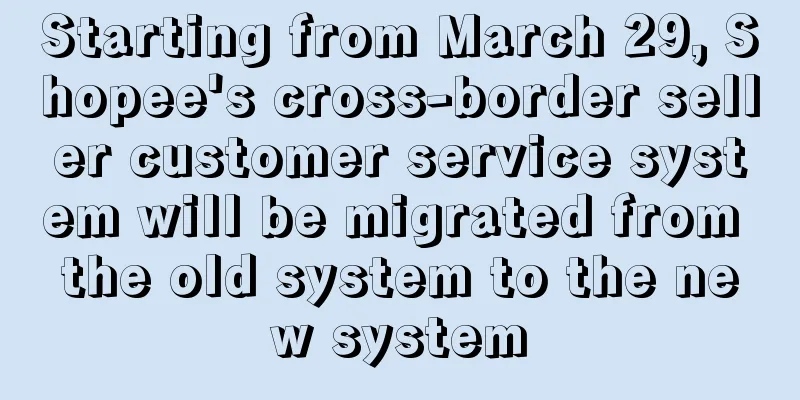Sellers must pay attention to personalized websites, which are favored by consumers

|
Online groceries have flourished during the COVID-19 pandemic, with sellers increasingly leveraging online grocery platforms for delivery or curbside pickup. According to relevant data, online food and beverage sales are expected to grow 60% in 2020. With the closure of restaurants and bars and limited production capacity, Americans are spending more on groceries than ever before.
Due to a combination of these factors, online revenue in the grocery industry remains vibrant, but many current e-commerce platforms are relatively outdated and cumbersome.
Personalization is key to success in e-commerce platforms
Personalized e-commerce is about using rich content to capture consumers’ attention, especially video content, because video can give consumers an immersive feeling, feel the lifelike products, and feel the brand’s creativity, personality and sense of humor.
However, many grocery websites and apps severely lack this feature and do not upload rich content and videos on their online stores. In addition, industry statistics show that more consumers shop online through mobile apps than traditional desktop e-commerce platforms.
Instead of incorporating dynamic content to better engage customers , most retailers fill their e-commerce platforms with basic static content such as images and text, which often only provides simple ingredient and nutritional information.
Opportunities and challenges coexist
While some websites choose to add rich video content, they also face more challenges because videos have more requirements on the website's infrastructure . Compared with simple static content that can be easily cached and loaded, videos require more computing resources to work properly.
When these resources are stretched or insufficient, video content can get stuck in buffering , crash during playback , or simply display an error message to the user instead of loading at all . These types of video glitches can be extremely irritating and disruptive to consumers’ online experiences.
In fact , video brings new performance challenges to mobile commerce platforms , but these problems can be overcome with the right strategy . Therefore, sellers need to pay attention to the fact that they can improve consumers' online shopping experience and achieve better business results by providing more video content to achieve e-commerce personalization . Personalization E-commerce USA |
<<: With 20 million units sold in one year, another potential hit has emerged!
>>: eBay issued an announcement: German logistics delivery changes will take effect from February 7
Recommend
eBay launches new feature to make it easier for sellers to communicate
eBay is launching a new mobile app messaging expe...
The "aftermath" of Brexit: Rising cross-border online shopping costs have a big impact
According to a survey by the International Postal...
Sales soared 400%! British Cudoni platform plays the second-hand luxury market
According to foreign media reports, Cudoni, a lar...
Bet failed? Cross-border e-commerce spends tens of millions to buy back shares
For many companies, when they develop to a certai...
Wayfair tightens seller policies and strengthens platform control
Wayfair recently issued an announcement, the gene...
What is Samurai Seller? Samurai Seller Review, Features
<span data-docs-delta="[[20,{"gallery"...
Seize the first pot of gold in cross-border business in 2024: AliExpress semi-hosting is launched, Cainiao International Express continues to increase investment
With the full launch of AliExpress semi-hosting, ...
What is Habi? Habi Review, Features
Habi is a Colombian real estate transaction digit...
More than 150 million items sold! Amazon's October sales exceeded last year's
Amazon said on Monday that the popularity of its ...
XTransfer released the "Guangdong Small and Medium-sized Enterprises Export Trade (B2B) Index Report from January to August 2023"
The world's foreign trade depends on China, a...
Overseas warehouse upgrade! Wish sellers can enjoy more Wish Express benefits
According to the platform announcement, Wish'...
What is Hyperwallet? Hyperwallet Review, Features
<span data-docs-delta="[[20,{"gallery"...
Sold out! Halloween decorations store becomes popular thanks to a TikTok video
Didams Party & Toy Store, a long-time party s...
What is Haitang Cross-border? Haitang Cross-border Review, Features
Haitang Cross-border (Xiamen Lili Technology Co.,...
What is the Isle of Man Financial Supervisory Commission (FSC)? Isle of Man Financial Supervisory Commission (FSC) Review, Features
<span data-docs-delta="[[20,{"gallery"...









